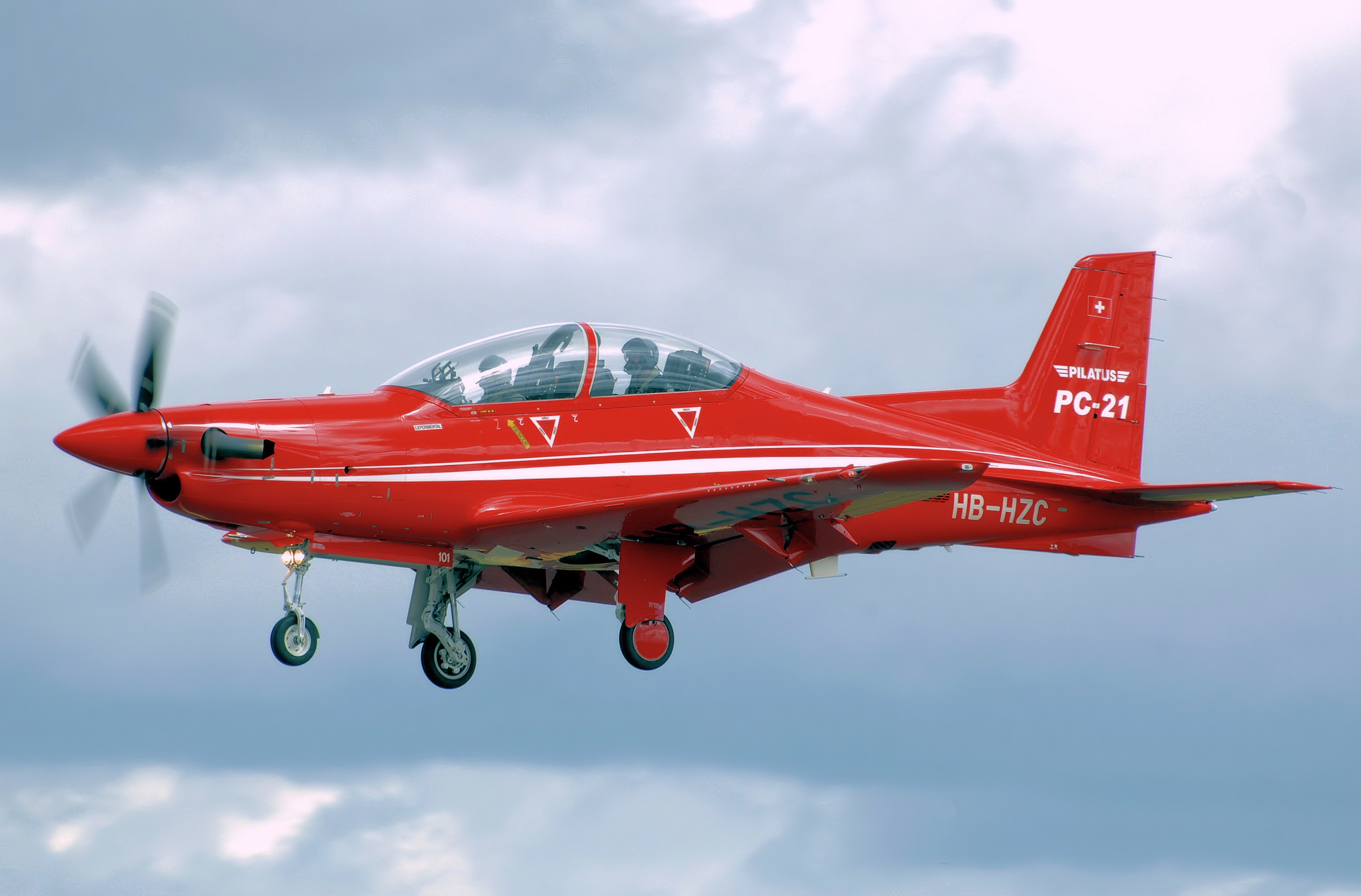After ordering F-35 stealth fighters for the Royal Canadian Air Force (RCAF) for a whopping C$19B (US$14.2B) deal, Ottawa is now focussing on trainer jets and has unveiled big plans to buy brand new airframes to replace the older ones.
Cutting-Edge IRIS-T Missile ‘Goes Missing;’ Germany Suspects ‘US Factor’ In Its Disappearance
As part of the Future Aircrew Training (FAcT) program, Canada announced on May 29 that it had awarded SkyAlyne Canada Limited Partnership a contract worth $11.2 billion ($8.17 billion) to provide 70 training aircraft from five different airframe fleets.
More than 70 training aircraft, including the Airbus Helicopters H-135, the Beechcraft King Air 260, the De Havilland Dash 8-400 with a mission training system installed in the cabin, the Grob G120TP, and the Pilatus PC-21, will be acquired as part of the 25-year FAcT program.
The FAcT contract will provide basic and advanced flight training for Canada’s aircraft and helicopter pilots, as well as training for air combat systems officers and airborne electronic sensor operators. Training is set to start in the boreal spring of 2029 and run for 25 years.
Moose Jaw, Saskatchewan, will host basic flight training using a fleet of seven Beechcraft King Air 260s and twenty-three Grob G 120TPs. A further 19 Pilatus PC-21s will be used in Moose Jaw for advanced flying training for aspiring jet pilots. Additionally, 17 Airbus H135s will be used for advanced training of rotary-wing pilots at Southport, Manitoba, while three DeHavilland Dash-8 aircraft, equipped with mission training systems in the cabin, will be used for training systems officers and sensor operators in Winnipeg, Manitoba.
As I announced at #CANSEC2024, we’re investing $11.2 billion to provide the Royal Canadian Air Force with the tools and aircraft needed to train the next generation of Canadian aircrew.
Learn more: https://t.co/6AOpQViohO pic.twitter.com/ix9oBDpwOk
— Bill Blair (@BillBlair) May 30, 2024
Bill Blair, the Minister of National Defense, said, “Today’s investments demonstrate that when we work collaboratively with Canadian industry partners, we can provide our troops with the tools that they need to do their jobs – and support good jobs right across Canada.”
Blair added, “With these projects, and through our renewed vision for defense, Our North, Strong and Free, we are committed to building an even stronger relationship with industry, founded on transparency and trust.”

The Royal Canadian Military is making high-end purchases to bolster its combat readiness and add cutting-edge military equipment to its arsenal in the wake of new security threats Russia poses.
The Canadian government has invested large sums of money to update the Royal Canadian Air Force’s aircraft fleet. The government appears to be investing in enhanced combat capability and readiness, which has become an object of scrutiny since Russia launched an invasion of Ukraine and stunned the world. Training pilots certainly form a major part of this capability.
Bolstering Combat Training & Combat Capability
The recent announcement is significant. It comes after weeks of uncertainty surrounding the status of future Royal Canadian Air Force (RCAF) training. Earlier this year, the RCAF introduced, what it called, “a period of hiatus”, as it looked for suitable alternatives to replace its archaic CT-155 Hawk unit.
In the summer of 2023, training for Hawk aircraft was discontinued at 15 Wing Moose Jaw, Saskatchewan. At the time, the RCAF had notified that the interim or “bridge” training program would be part of the Joint Jet Pilot Training (ENJJPT) program at Sheppard Air Force Base in Texas. By 2025, Canada will have two instructors and six students at the International Flight Training School in Italy and other Fighter Lead-in Training (FLIT) programs in Finland.
At the time, the service said that while it deliberates about which platform to replicate Canada’s recently purchased F-35 Lightning II fighter aircraft — the swift jet at the forefront of the country’s combat air fleet — the NATO military alliance will host its pilots in a variety of training schemes at multiple sites scattered across the Euro-Atlantic.
The new contract is expected to bolster Canada’s trainer fleet. The acquisition of trainer aircraft from SkyAlyne, contract line items for classroom instruction, simulator, and flight training, and support activities for a variety of RCAF roles, such as pilots, air combat systems officers, and airborne electronic sensor operators, will all contribute to Canada’s swift and efficient air capability expansion.
The FAcT training program would replace the RCAF’s internal training program, the 25-year deal with NATO that was set to expire in 2028, and the $1.18 billion contract with Allied Wings that was set to expire in 2027.

RCAF Commander Lieutenant-General Eric Kenny presented the FAcT as an investment in RCAF personnel, “Nothing is more important than our people. We must modernize our training systems as we are modernizing our front-line equipment and weapons systems.”
“The Future Aircrew Training program will do that by incorporating the latest training concepts and technologies and adapting to emerging trends to ensure Royal Canadian Air Force personnel can operate and win in highly contested and increasingly complex theatres of operation.”
This new purchase is part of the largest recapitalization of the RCAF since World War II. It brings the total number of aircraft for which Canada has signed agreements since 2022 to 140, including F-35 fighters and P-8A Poseidon multi-mission aircraft.
In addition, the RCAF is also acquiring the MQ-9B SkyGuardian Remotely Piloted Aircraft Systems (RPAS) and upgrading refueling planes.
- Contact the author at sakshi.tiwari9555 (at) gmail.com
- Follow EurAsian Times on Google News




